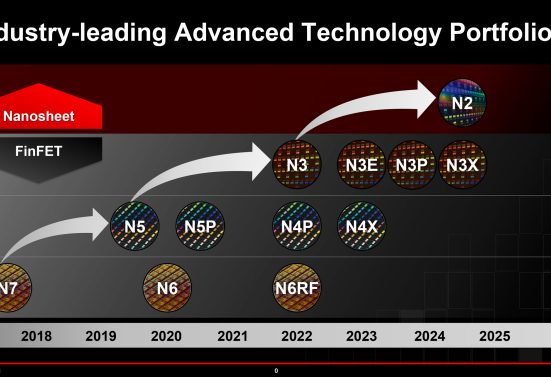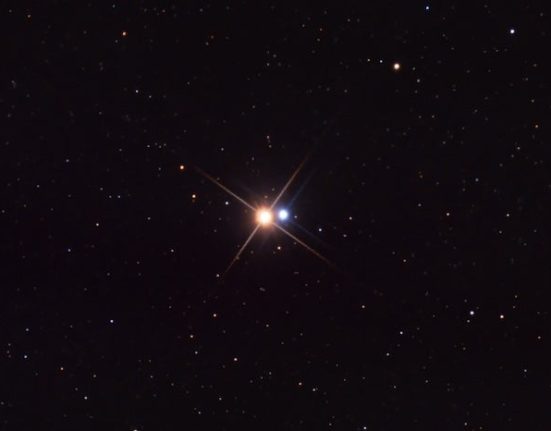A time capsule that reveals the secrets of climate patterns from over a century ago in one of the most remote and intriguing regions on Earth. Southern Patagonia, often referred to as the “End of the World,” offers a unique glimpse into past climates through meticulously recorded weather data. By digging into these historical observations, scientists have pieced together a climate narrative spanning the late 19th to early 20th centuries. This exploration not only deepens our understanding of historical climate trends, but also provides critical information that could shape future climate predictions.
Recently, a group of researchers has presented a detailed study of historical meteorological records from southern Patagonia, shedding light on climate trends in the late 19th and early 20th centuries. This pioneering research, led by Dr. Pablo Canziani together with Professor Adrián Yuchechen from the National Technological University of Argentina, Dr. Gabriela Lakkis from the Pontifical Catholic University of Argentina and Oscar Bonfilli from the National Meteorological Service of Argentina, provides valuable insights into the climate dynamics of this remote region. Their work, published in the journal Climate, is part of the Atmospheric Circulation Reconstructions over the Earth (ACRE) program, which aims to rescue and analyze historical climate data.
The study focuses on meteorological records from eleven locations in southern Patagonia, including Tierra del Fuego, spanning a period of several decades. By analysing these records, researchers were able to compare historical temperature trends with modern observations, providing a comprehensive view of the region's climate history.
Dr. Canziani highlighted the importance of these findings, stating: “Our analysis shows a consistent behaviour within the study region and aligns with the average results for the southern hemisphere, characterized by a warm end of the 19th century and a cooler beginning of the 20th century. This coherence with the variability of sea surface temperature along the coasts of Patagonia and hemispheric records underlines the reliability of the data retrieved.”
One of the main revelations of this study is the significant cooling observed in Southern Patagonia in the early 20th century. This cooling trend coincides with global temperature anomalies recorded during the same period. The team observed that the most negative temperature anomalies occurred in the early 20th century, with colder temperatures than those observed in the previous two decades and continuing during the following decades. This pattern is consistent with other records from the Southern Hemisphere, suggesting a broader climate change during this period.
In addition to identifying temperature trends, the researchers also examined low-frequency variability, or climate fluctuations that occur over periods longer than three years. They found that this variability in Southern Patagonia is similar to current patterns, indicating that the region’s climate dynamics have remained relatively stable over the past century. This finding is crucial for understanding long-term climate processes and improving predictive models for future climate scenarios.
The study also highlights the value of data rescue efforts in improving our understanding of historical climate variability. The ACRE program, which coordinated the data rescue efforts, played a critical role in digitizing and standardizing the historical weather records used in this research. These efforts have not only preserved invaluable climate data, but have also provided a solid foundation for future studies on climate trends and variability.
Dr Canziani highlighted the broader implications of this work: “By extending our meteorological records back in time, we gain a better understanding of the physical processes that drive climate variability. This knowledge is essential for testing and validating climate models, which in turn helps us predict future climate changes more accurately.”
The comprehensive analysis conducted by Dr. Canziani and his team represents a significant advance in our understanding of the climate history of southern Patagonia. Their work not only fills a critical gap in the historical climate record, but also provides a benchmark for future research in the region. The detailed climatological insights gained from this study will inform both scientific research and policy decisions aimed at mitigating the impacts of climate change in this vulnerable part of the world.
In conclusion, Dr. Canziani and his colleagues have succeeded in revealing a treasure trove of historical meteorological data, offering a unique insight into the climate of southern Patagonia over a century ago. Their findings underscore the importance of historical climate data for understanding long-term climate trends and variability. As climate change continues to pose significant challenges globally, studies such as this are vital to developing effective strategies to address its impacts.
Journal reference
Canziani, PO, Lakkis, SG, Yuchechen, AE, Bonfilli, O. “Unlocking meteorological observations at the end of the world: late 19th and early 20th century monthly mean temperature climatology for southern Patagonia”. Climate 2024, 12, 51. DOI: https://doi.org/10.3390/cli12040051
About the author

Dr. Pablo Canziani He obtained his PhD in Physical Sciences from the University of Buenos Aires, Argentina, in 1991, working on the existence and behavior of planetary waves in the ionosphere over the southern hemisphere. Between 1992 and 1994 he was a Visiting Scientist at the University of Washington Seattle as part of the Upper Atmosphere Research Satellite Sciences team, under the direction of Prof. James Holton. Currently he is a Senior Scientist for CONICET, the National Scientific Research Council of Argentina. He is Director of the Engineering Research and Development Unit at the Buenos Aires Regional Faculty of the National Technological University. Over the years he has been actively involved in the World Climate Research Programme with activities and membership in both SPARC and CLIVAR. He has also been actively involved in several UNEP Quadrennial Ozone Assessment Reports, both as an author and reviewer, and as lead author on the 4th IPCC Report.He Climate Assessment Report published in 2007. He has also been a scientific advisor to Holy See delegations attending UN environmental conferences. He is currently a member of the Argentine Academy of Environmental Sciences. He is co-founder of the UNESCO Regional Centre on Climate Change and Decision-Making. His fields of expertise include time series analysis, spatiotemporal data analysis applied to atmospheric dynamics, climatology and dynamic climatology (climate variability and change), stratosphere-troposphere climate relations, as well as adaptation to climate change. In his career he has published more than 70 peer-reviewed articles (mostly international), as well as peer-reviewed assessments and book chapters, as well as books. He is also involved in teaching at the master's and doctoral level at several universities, both in Argentina and abroad. https://www.researchgate.net/profile/Pablo-Canziani













Leave feedback about this